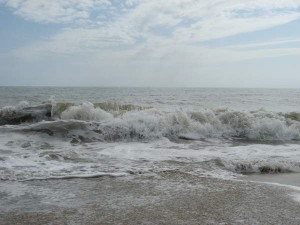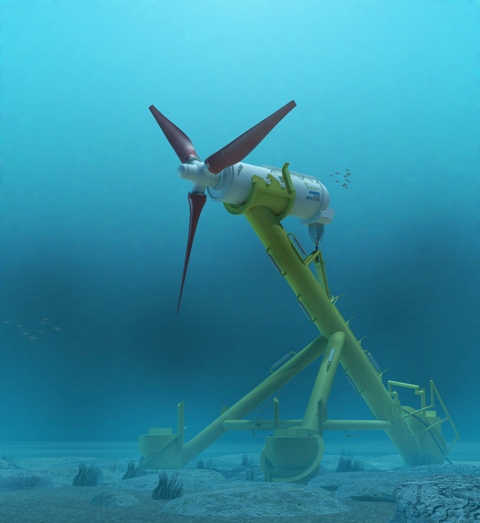
 Nothing can stop ocean flows as they are huge masses of water with lots of energy behind them. As long as the moon exists, and as long as the earth spins, the tides will come in and go out and generate ocean movement.
Nothing can stop ocean flows as they are huge masses of water with lots of energy behind them. As long as the moon exists, and as long as the earth spins, the tides will come in and go out and generate ocean movement.
When you are trying to make an evaluation of all energy systems the evaluation is made by two factors: the cost of energy and the impact on the environment. Now the most environmentally benign potential sources of available power remain ocean energy systems. With the buoys located more than a mile or two from offshore they are low profile and should have minimal visibility from shore. Because of the high density of power, they require a smaller footprint than most other renewable energy systems.
Several issues can take into account in an analysis of wave energy compared with other energy sources and are following:
A higher power density.
Water is 840 times denser than air, which results in far higher energy density. While solar photovoltaic panels (PV) typically generate power about of a hundred watts per square meter and wind at one thousand watts per square meter of swept area, wave energy is typically in the range of several tens of thousands of watts per meter of wave front. This allows wave parks to produce power using smaller footprints than other renewable energy systems.
Predictability.
The supply of electricity from wave energy can be accurately forecast several days in advance using satellite imagery. This allows utilities advance notice for sourcing plans to meet their short-term electricity scheduling needs.
Constant Source.
Unlike, photovoltaic panels (PV), which only produces when the sun is shining; ocean swells are available 24 hours a day. Unlike wind, which can change its velocity and associated power levels in minutes, waves provide a more consistent source of energy.
Proximity to Load Centers.
Wave energy can be produced close to coastal populations and does not require significant additional build out of transmission (37% of the world’s population lives within 60 miles of a shoreline and 70% within 200 miles).
Demand Matching.
In temperate zones, wave power potential is highest in the winter months, when electrical demand also is highest.
Other Attributes.
Minimal “not in my backyard” (NIMBY) issues since generation stations are only partially above the water surface, and located miles offshore where they will not create view shed issues. These systems produce no hazardous emissions, do not produce greenhouse gasses (no carbon dioxide) or contribute to acid rain, no other waste. Wave energy extraction is considered one of the most environmentally benign methods of power generation available.
Wave energy and tidal energy is renewable that will help reduce our reliance on the burning of fossil fuels. Use an abundant inexpensive fuel source (water) to generate electric power.
Offshore turbines and vertical-axis turbines are not ruinously expensive to build and do not have a large environmental impact. A plant is expected to be in production for 75 to 100 years and are not expensive to maintain.
The buoys may protect coastline against damage from high storm tides and could provide a ready-made road bridge.
Probably there are many other advantages not mentioned by me. If you have other ideas please write a note.




I still believe that nuclear energy is the least expensive and with fewer environmental impacts, if used wisely. But you are right and yours site remain very usefull.
Very interesting idea. Like all ideas, the devil is in the details. How is the energy generated a mile offshore transmitted to the land where it is needed? What effect will the buoys or transmission lines have on ships traveling in the area?
You have not addressed these issues.